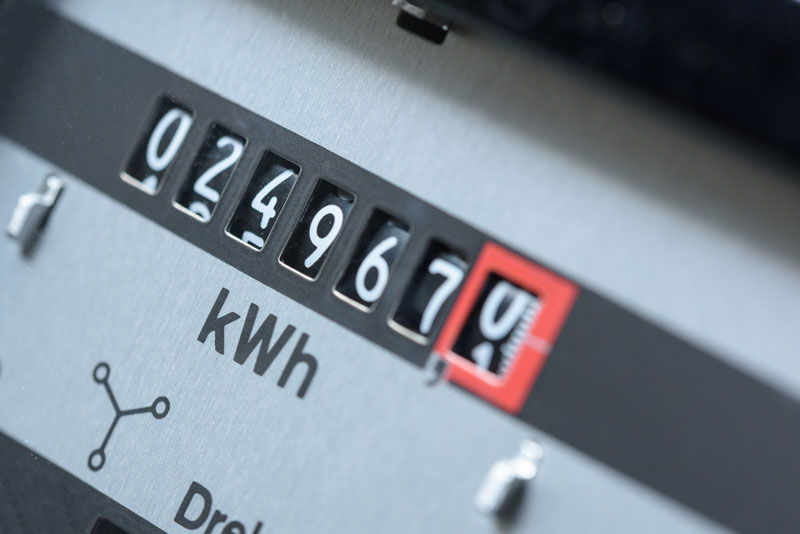Awareness of the Energy Price Cap Has Fallen

Only one in five energy customers knows about the energy price cap which limits the amount they can be charged on standard variable or default tariffs.
Awareness of the cap has highest, at 29%, during the second quarter of the year, but had fallen to just 20% by the third quarter, just seven months after the cap was introduced.
That’s according to Ofgem’s Consumer Perceptions of the Market survey, produced in collaboration with Citizens Advice. It surveyed 3,200 household billpayers about their interactions with the energy market.
Understanding of the principle of the price cap has remained roughly unchanged compared to the previous three quarters, at 64%.
However, low rates of awareness means that just 15% of energy customers are aware of the price cap and understand it.
Awareness and understanding was highest (20%) among the 53% of customers Ofgem found that ever switched energy supplier.
It was also high (19%) among those had contacted their supplier in the last three months—30% of customers, according to Ofgem’s latest data.
Those in higher socioeconomic classes (ABC1) were also more likely to be aware of the cap.
Customers who used the internet were also three times as likely to be informed about the cap than the 5.3 million Britons estimated to be “digitally excluded” (18% verse 6%).
With understanding and awareness of the cap low, it’s little surprise that just a quarter of consumers thought it would apply to them. In fact, it limits the amount paid by the 54% of energy customers on poor-value standard variable or default energy tariffs.
33% of those on SVTs correctly identified that they’re protected by the tariff. However a larger percentage (39%) were unsure and 28% thought it didn’t apply to them.
Meanwhile, among on those fixed tariffs, 22% wrongly thought the price cap applied to them.
The energy price cap currently stands at £1,179 per year, for a dual-fuel household with typical use. This pricing, which came into effect 1 October, will last until 31 March, when the cap will be readjusted.
Currently, the energy price cap is scheduled to run until 2023, with biannual adjustments, in April and October.
Last month, it was revealed that lower energy prices, kept in rein by the price cap, had nudged the UK’s inflation to a three-year low in October.
Although customers don’t have to be aware of the price cap or understand it to benefit from lower energy bills, the lack of awareness signals a wider disengagement in the energy market. The price cap is designed to protect those least engaged customers, those who don’t switch onto fixed price deals with new suppliers. But those customers can save even more by switching tariff and supplier, opting for a fixed price deal.
Read on our blog

With the government poised to implement tough new measures to...

Budget broadband provider TalkTalk has been notifying customers via email...

A year-long investigation by charity Citizens Advice has revealed a...

Education Secretary Nadhim Zahawi has announced a new commitment to...
